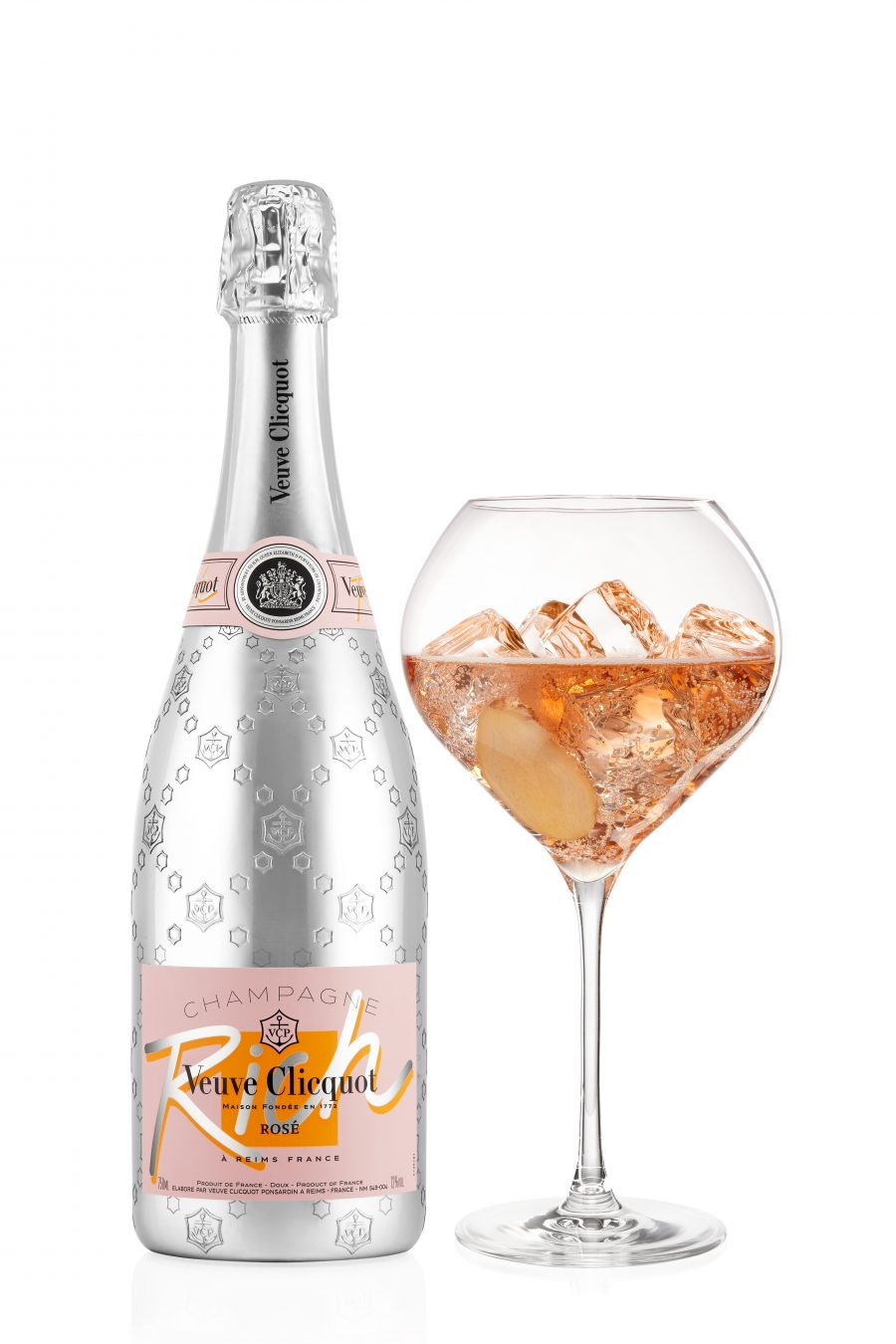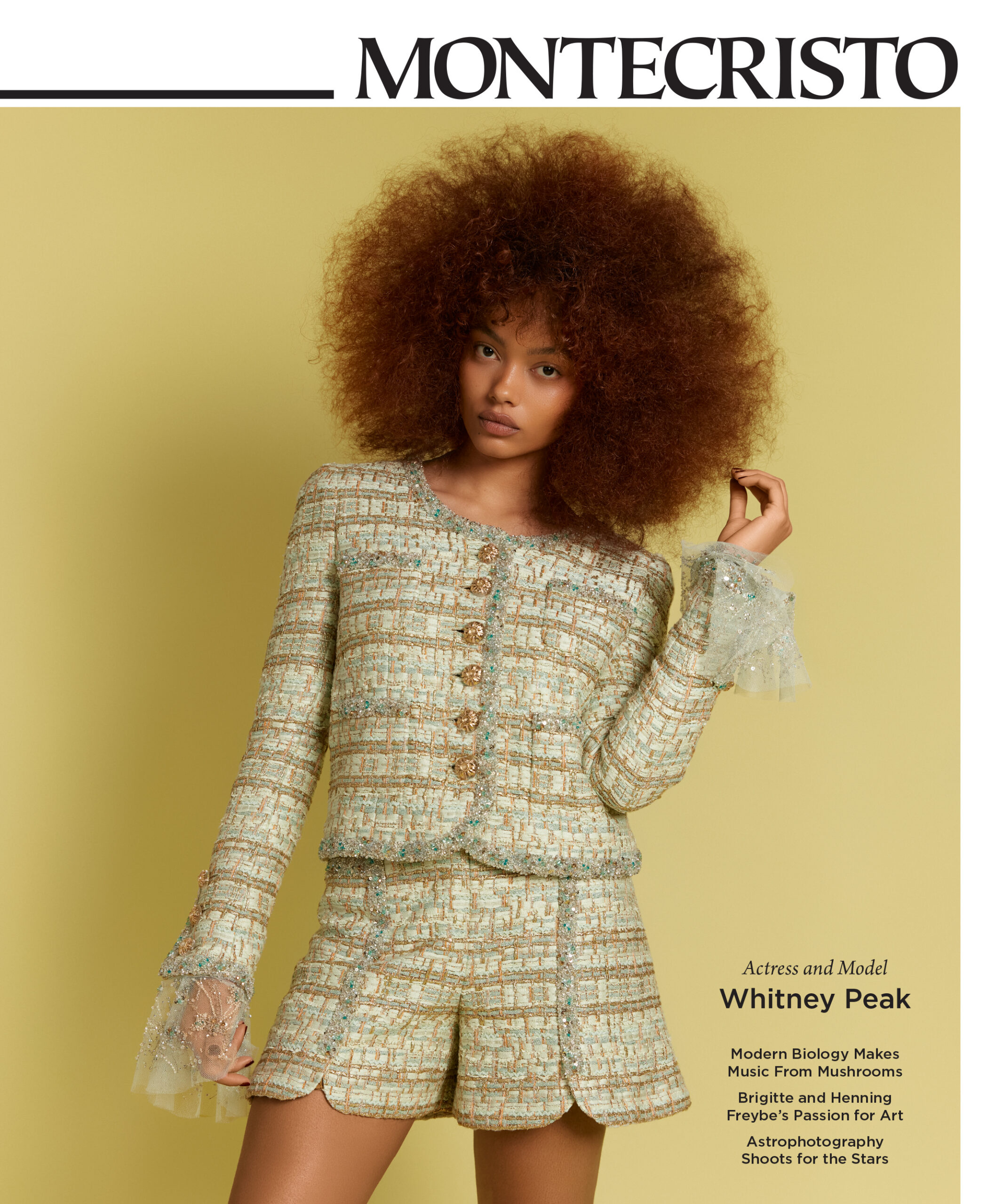Mention rosé Champagne and what usually comes to mind? Likely a cold glass by the pool, or a patio session with a close group of friends.
But bubbly rosé is quite versatile. Served chilled, over ice, or with pieces of fruit thrown in, it is a beverage that can, and should, be enjoyed no matter the weather.
This was very much the case during a wet spring day in Vancouver, when oenophiles gathered to toast French winery Veuve Clicquot’s landmark anniversary: two centuries of rosé Champagne.
“We are very proud of this 200-year anniversary,” says Veuve Clicquot winemaker Bertrand Varoquier, addressing the small group at Provence Marinaside in Yaletown. “Madame Clicquot created this method of blending white and red wine with Champagne in order to create the rosé.” Varoquier proudly calls her “a pioneer,” explaining that she took to the production of rosé in 1818, after inheriting the business from her late husband. Instead of following the traditional format of making rosé—which included the addition of elderberry to Champagne—she blended the signature Yellow Label Champagne with pinot noir grapes, a process called l’aggregation or rosé d’assemblage.
“We still use this method,” says Varoquier, now speaking over the phone from his home in Reims. He describes the rich, fertile soil of the Grand Cru and Premier Cru vineyards in Northern France; sprawling across 350 hectares of land, Veuve Clicquot remains on the same site where Philip Clicquot first opened the winery in 1772. “The way we make rosé is used by more than 95 per cent of winemakers in Champagne,” asserts Varoquier, emphasizing the maison’s influence over the past two centuries.
In terms of its sparkling rosés, Veuve Clicquot has the Rich Rosé, Vintage Rosé, Non-Vintage Rosé, and La Grande Dame Rosé. All are made with the signature 61 per cent pinot noir grapes enhanced with hints of copper, smacks of red fruits, and whiffs of French pastries, and all are minimally sweet.
The nuances between the different bottles help ensure there is a pink Veuve for every season, and indeed, Varoquier is quick to suggest that rosé shouldn’t be put on the back of the shelf come winter. “You will be able to find rosé that will fit with your mood,” he says. “If you are in summer, you may want Rosé Non-Vintage for the aperitif, very refreshing.” Over lunch at Provence, the 2008 Rosé Non-Vintage pairs seamlessly with seared albacore tuna glazed in sun-dried tomato vinaigrette; its smoky finish brings out the freshness of the Pacific Ocean. “If it’s winter,” continues Varoquier, “you may want to drink Vintage Rosé, a more structural wine, during your dinner.” Spicy and oaky, it is served alongside the restaurant’s seared lamb chop with Dijon and herb-crusted gnocchi.
Regardless of when it is sipped, Veuve rosé Champagne is meant to be enjoyed. Whether in regional France or in the city of Vancouver, we can all cheers to that.
Read more about Champagne.









